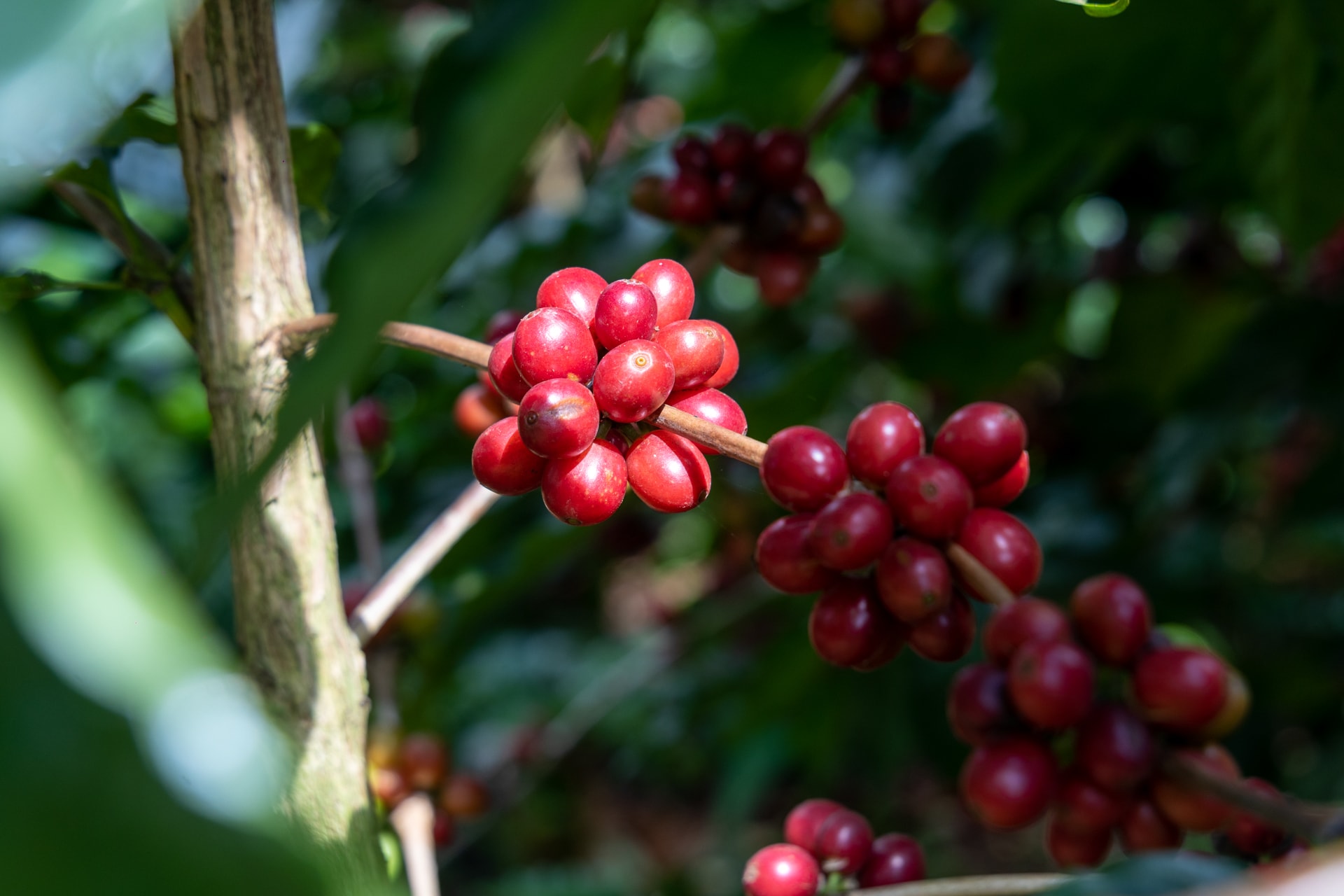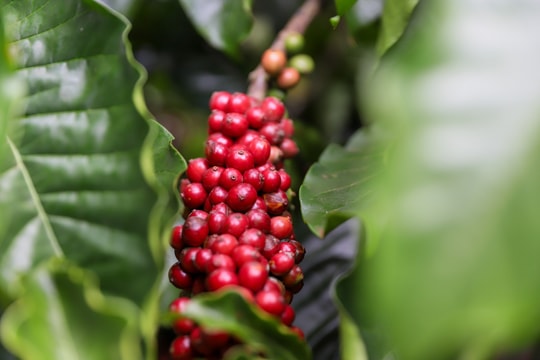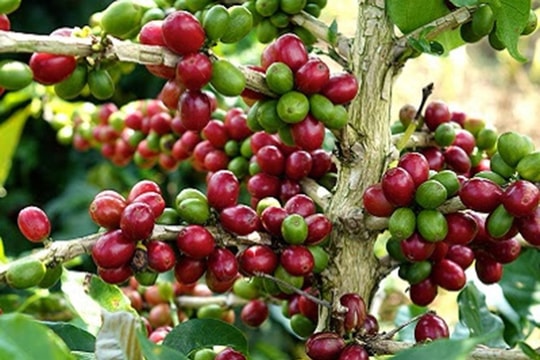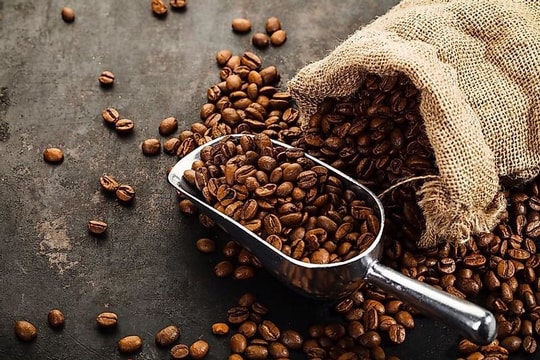Coffee prices today January 24, 2025: Continue to increase strongly both domestically and internationally
Today, January 24, domestic coffee prices are at 123,500 - 124,500 VND/kg, continuing to increase sharply from 1,800 to 2,000 VND/kg compared to yesterday. Vietnam is entering the Tet holiday so transactions are slow.
Domestic coffee prices today
Domestic coffee prices in the Central Highlands region today increased sharply from 1,800 to 2,000 VND/kg, fluctuating between 123,500 - 124,500 VND/kg.
Accordingly, traders in Dak Nong province are purchasing coffee at the highest price of 124,500 VND/kg. A sharp increase of 2,000 VND/kg compared to yesterday.
Coffee price in Dak Lak province is 124,000 VND/kg, an increase of 1,800 VND/kg compared to yesterday.
Coffee prices in Gia Lai province also increased sharply by VND1,800/kg and were traded at VND124,000/kg.
In Lam Dong province, coffee prices increased sharply by VND2,000/kg to VND123,500/kg.

The hot coffee futures prices today have a new reason: the Brazilian domestic currency and the VND have increased against the USD. This makes exporters tend to wait longer to get the best price.
In particular, in Vietnam, the main source of coffee supply to the world is currently entering the long Tet holiday, so transactions are slow.
Business people say domestic coffee prices could return to 125,000 VND/kg, not far from the record 130,000 VND/kg at the beginning of this season.
World coffee prices today
Coffee prices on the world market also fluctuate:
Robusta Coffee (London):
Delivery in March 2025: Down 22 USD/ton, to 5,430 USD/ton.
Delivery in May 2025: Down 15 USD/ton, to 5,373 USD/ton.
Arabica Coffee (New York):
March 2025 delivery: Down 1.4 cents/lb, to 340.45 cents/lb.
May 2025 delivery: Down 1.15 cents/lb, to 336.7 cents/lb.
According to the latest report from the Brazilian Institute of Geography and Statistics (IBGE), the country's coffee production is forecast to be at 53.2 million 60-kg bags in 2025, down 6.8% from 2024.
Arabica coffee production alone, which accounts for a large proportion of total output, is expected to reach only 35.6 million bags, down 11.2% from last year. In addition, cultivation indicators also show a negative trend as planted area, harvested area and yield respectively plummeted 5.4%, 5.5% and 6.1% compared to last year.
Poor supply in Brazil and the weakening USD/BRL exchange rate are the reasons for pushing the prices of two coffee commodities to consecutive new peaks.





